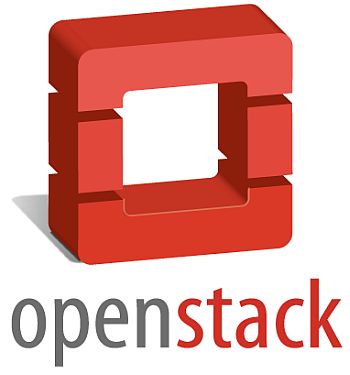

Hewlett-Packard, Calxeda and Canonical are heading up a project designed to show how the OpenStack open-source cloud platform can perform on servers powered by ARM-based processors.
Announced on 18 July at the OSCON open-source show in Portland, Oregon, the community behind OpenStack has created a new zone in its TryStack test sandbox for HP servers powered by ARM-based EnergyCore processors from Calxeda and running Canonical software.
The OpenStack community created TryStack earlier this year to enable companies to test OpenStack software in cloud environments. Until now, most of the systems ran x86-based processors from Intel and AMD.
Now there is a new zone where the ARM-based systems can be tested, which is a significant step forward in ARM’s strategy to move its highly energy-efficient chip designs into low-power servers.
“While we are currently standing up a separate OpenStack cluster for this new ARM zone, we have every intention of working with the TryStack volunteers to merge these into a single large, heterogeneous cluster,” Mao wrote in an 18 July post on the OpenStack blog. “We want to use OpenStack as the first example of what a multi-architecture cloud could look like and the opportunities it presents to both service providers (different pricing models) and enterprises (workload targeted job scheduling) alike.”
The ARM-based OpenStack cloud zone, which like the rest of TryStack is free to organisations to use, will be hosted by Core NAP, and is also getting support from Dell, Rackspace Hosting, Equinix and NTT, according to the OpenStack group.
The low-power segment of the server market promises to be one of several contested areas between Intel and ARM, which designs chips and then licenses the design to manufactures like Calxeda, Marvell Technologies and Nvidia. Organisations running massive, dense data centres – including web 2.0 companies like Google and Apple – are pushing hardware makers for more power-efficient systems to enable them to cut costs and put more computing capacity into their facilities.
HP and Dell both have announced plans for ARM-based systems. HP in November 2011 unveiled Project Moonshot, aimed at creating extremely low-power servers. A key part of that project is working with Calxeda to develop systems based on the ARM-designed chips. For its part, Dell in May announced its Copper servers powered by Marvell ARM-based chips.
The Copper servers are going out to select customers on a limited basis and being made available to software developers with the goal of creating an ecosystem around ARM-powered servers.
Intel also is making strides in developing chips for the microserver space, including the “Centerton” system-on-a-chip (SoC), based on Intel’s low-power Atom platform. Intel got a significant win in June when HP officials announced that they were basing the first Project Moonshot systems on Centerton rather than ARM processors. HP’s move was significant for Intel, according to Beau Skonieczny, an analyst with Technology Business Research.
“ARM is emerging as a potential long-term threat to Intel in the low-power server market,” Skonieczny wrote in a 17 July research note. “Intel is already gaining traction in the low-power server space, as evidenced by HP’s decision to choose Intel’s coming Atom server processors … for HP’s Project Moonshot, where HP will develop extreme low-energy servers. With the support of one of the largest global x86 server vendors in the low-power server space, Intel will limit ARM’s ability to enter the server space.”
ARM officials have said they expect to start making significant strides in servers in 2014, when systems powered by the company’s 64-bit ARM v8 architecture start hitting the market. The 64-bit capability is a key feature for a server chip; ARM officials said that ARM v8 also will offer greater memory capacity and enhanced virtualisation support.
In June, AMD officials announced plans to incorporate ARM’s TrusZone security technology into its x86 chips, a move that increases the challenge to Intel, not only in servers, but PCs and mobile devices as well.
Do you know the secrets of Wi-Fi? Take our quiz.
Nvidia to partner with TSMC, Foxconn, Wistron, Amkor and SPIL to build $500 billion (£377…
American think tank warns about possible threat to US defence, after China imposes rare earth…
China is reportedly pursuing three alleged US NSA operatives, after cyberattacks on Chinese infrastructure
Chip making giant ASML mirrors other equipment makers, and outlines financial impact of Donald Trump's…
AI is transforming cybersecurity, offering faster defence and smarter attacks. Learn how businesses can harness…
Search engine giant being sued for £5 billion ($6.64 billion) damages over allegations for online…